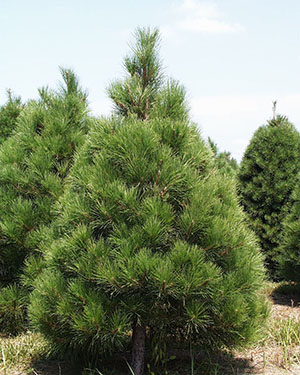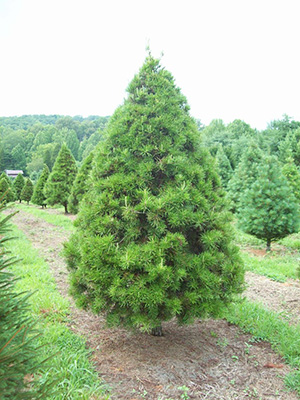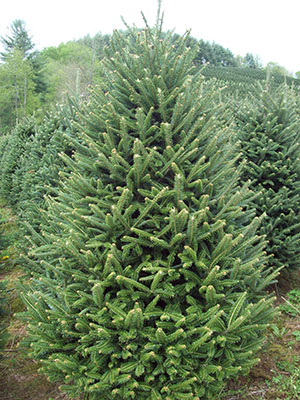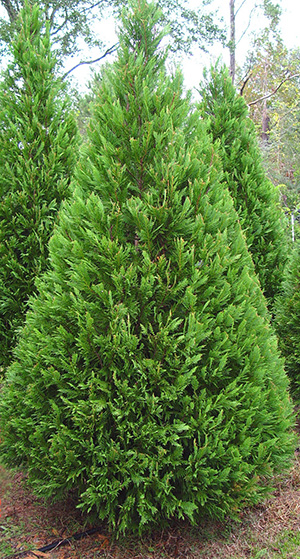Do you prefer a real or artificial Christmas Tree?

History of Christmas Trees
The whole idea of bringing greenery into the house at the winter solstice (shortest day and longest night of the year) actually began as a pagan ritual. The sun god was “sick” in the winter, and the solstice marked the beginning of his recovery. The plants that stayed green in winter months reminded people that the lush landscape would return when the sun god was fully recovered and warmer months approached. Over centuries, the Egyptians, Romans, Druids, Celts and others have had versions of sun gods and greenery representing everlasting life, life over death, and more prosperous times.

Christmas trees as we know them today can be traced back to Christians in 16th century Germany. During this era, Martin Luther, a protestant priest, inspired by stars shining through the trees, wired candles to branches of his tree to replicate the moment. Inspiration through nature – I get that. It wasn’t until the 1800s that Christmas trees appeared on this side of the Atlantic – German immigrants in Pennsylvania decorated small trees with apples, cookies, popcorn, berries and nuts. However, Christmas trees were still regarded as pagan and did not gain in popularity until the very trendy Queen Victoria and Prince Albert put one in their palace in 1846 for all the world to see, illustrated in the London News. The decorated Christmas tree would become Americanized for years to come. Food decorating small trees became floor to ceiling trees with handmade ornaments, and candles gave way to electric lights.
Facts about Christmas Trees

- It takes about seven years for a tree to mature to the average Christmas tree size (six-seven feet).
- The U.S. sells about 30 million real Christmas trees each year. 350 million currently grow on Christmas tree farms that exist in all 50 states!
- For every tree harvested, up to three seeds are planted to replace it.
The Misconception about Christmas Trees
President Theodore Roosevelt banned the use of natural trees in the White House in 1901 to enhance opposition of deforestation. In 1905, the U.S. Forest Service was established to protect millions of acres of national forests. I am very proud of this major conservation movement, but Christmas trees are harvested from Christmas tree FARMS. They are planted with the intent to harvest and they are replanted constantly. This is not deforestation! I bet you thought I was going to say something else.
Are Christmas Trees Biodegradable?

Natural trees are a renewable resource and can be recycled. In other words, it does not end up in a dump for 10 years attempting to biodegrade. I used to think that a fake tree would save the environment, and this may be true if you kept the same fake tree forever and passed it down as a family heirloom. However they, especially with the pre-lit trees, last about three years max. Every time you “get rid of” your fake tree, manufactured in China (85%), you are contributing PVC (polyvinyl chloride) to landfills. After about nine years, lead (stabilizer) may leach from the chemical compound. Fake trees became popular as advertised to be fire retardant, but they are not fire resistant.
Recycling fake trees? Recycling PVC costs a lot. It can be done, but municipalities are not going to be able to support it. Maybe this a business idea for the Don Ryan Center for Innovation?
Production of Christmas Trees
Shipping fake trees from manufacturing plants in China is no short trip. The fossil fuel consumed may cause more damage to the environment than taking the natural tree in the first place. Visualizing the working conditions does not get me into the Christmas spirit, and I’m pretty sure elves aren’t joyfully dancing while busying themselves producing Christmas decorations.

Buying LOCAL
There are several Christmas tree farms in South Carolina and the closest one is in Okatie! At A&A Christmas Tree Farm you can cut your own Leyland Cypress or White Pine. You can also purchase a Fraser Fir, hailing from North Carolina. Remember, the Lowcountry has a temperate climate and most evergreens prefer a colder climate, so if you want your tree to last longer, purchase a palmetto tree, decorate it and have a Pluff Mud Christmas! Whatever floats your boat!
Just know that by buying a live tree, you’re making a decision that will conserve the environment, which should be a theme in our lives.
By Amber Hester Kuehn


